
Ah, Tibet. That “mysterious, fascinating land.” That “land of eternal snow.” That “distant, inaccessible land of the sage.” There, the explorer travels in “a waking dream,” finding “the last remaining links in the chain of ancient traditions (Egyptians, Incas, etc.) that have disappeared everywhere else.” Sadly, “invasions and decadence have made [the Tibetans] lose part of their knowledge.” Now, “hidden in the depths of the monasteries, fabulous treasures slumber in the dust.” They cry out for rescue, for they “possess a singular energy and vibration that yearns to manifest itself.”
You might think these quotes, with their picturesque stereotypes and transparent justifications for taking ancient cultural artifacts from modern Tibetans, come from some classic colonialist travel memoir, like William Montgomery McGovern’s 1924 book To Lhasa in Disguise: A Secret Expedition Through Mysterious Tibet. But no. I found them all in a new book, Buddhist Art of Tibet: In Milarepa’s Footsteps (Flammarion, 2022), written by Magali Jenny, Etienne Bock, and Jean-Marc Falcombello. Jenny and Bock are employed by the Tibet Museum–Fondation Alain Bordier in Gruyères, Switzerland, which bills itself as one of the world’s largest collections of historical Buddhist art, with around 350 artifacts dating from the 6th to 18th centuries. Most of these are from Tibet, but its holdings also include objects from Nepal, Bhutan, Burma, and northern India.
The current publication is not a comprehensive catalog of these holdings. Instead, it uses a selection of works in the museum to attempt the modest task of presenting “a general overview of Tibetan religious thought, art, and history.” Bock, who authored this overview, holds a master’s degree in Tibetan studies but demonstrates no gift for presenting his field. The text veers between simplistic discussions of basic concepts of Buddhism and tedious dissection of the historical minutia, as if Bock is uncertain of whether he’s writing a children’s book or a presentation for a graduate seminar. Here’s a sample, chosen at random: “From Gampopa (sgam po pa, 1079–1153) on, what is called the Dakpo Kagyü (dwags po bka’ brgyud) will flourish and multiply, subdividing into the ‘four main and eight secondary’ lineages.” There are no footnotes — you will have to take the author’s word for all the facts he pours out upon you.
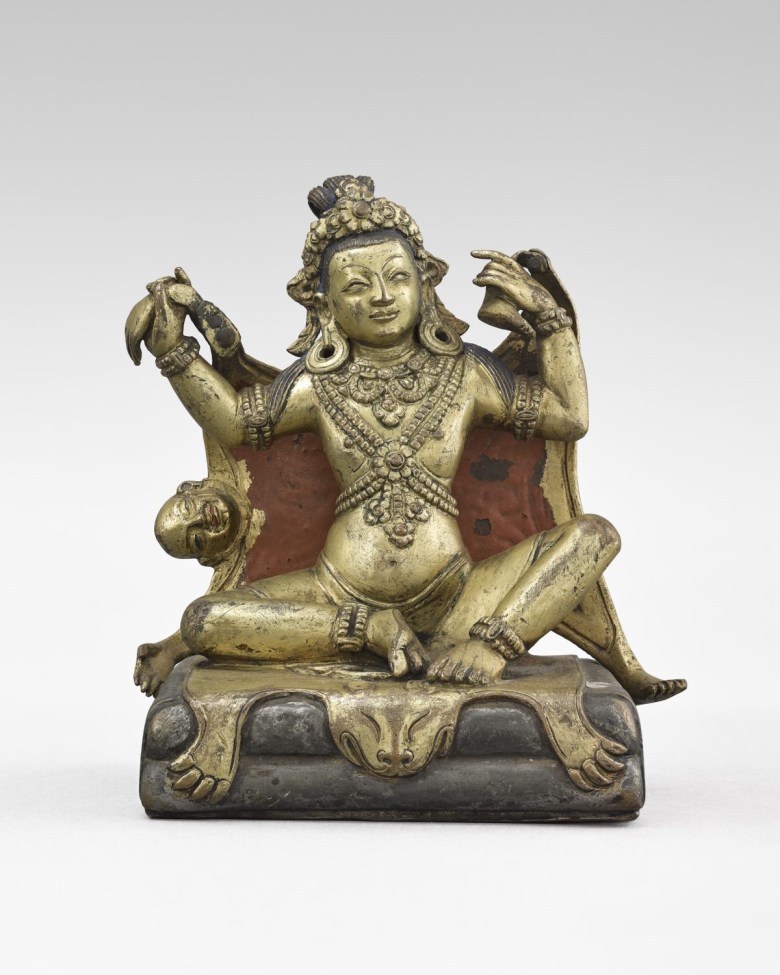
Interspersed through Bock’s text are eight passages written by Falcombello, a practicing Buddhist who serves as the lama of Geneva’s Centre d’Etudes du Bouddhisme Tibétain. Falcombello translates and offers commentary on sections of “The Black Treasury,” a 16th-century manuscript in the museum about the 11th-century Tibetan yogi Milarepa. The book makes much of the fact that this manuscript is unpublished and thus can “provide a new vision” of Milarepa’s life … but does not bother to tell us how long the manuscript is, how much of it is translated here, or how much it differs (if at all) from the multiple other manuscript biographies of Milarepa.
The most interesting part of the book is its opening section, written by Jenny and titled “A Journey, A Life, A Work of Art.” It is a cringing and cringe-worthy hymn of praise for her boss, the collector Alain Bordier, who founded the Tibet Museum in 2009 to hold the art he had amassed over the preceding 30 years.
Jenny opens with a very good question: “What is a museum dedicated to Himalayan art and Tibetan Buddhism doing in Gruyères?” She suggests that “some explanation may be found” in Bordier “falling in love” both with Himalayan sacred art and the Château Saint-Germain in Gruyères, whose chapel he converted into a museum to hold the artifacts he had previously “gathered around” his bed in a room he describes as “my den, the room in which my father died.” Assembling these sculptures made him feel like “the creator of a new universe.”
After taking up the family business of real estate development, Bordier realized that his “fundamental ambition was for his life to have true meaning.” He first sought this meaning in trips to India in the 1980s. (At least, I think it was the ’80s — for a history of a collector’s life, this section is frustratingly light on dates.) Bordier then met several scholars and dealers who introduced him to the art of Tibet. He made seven trips to the country between 1993 and 2000. After his first trip, when he sometimes found himself in places with nothing to eat besides the traditional Tibetan dish of barley flour mixed with salted tea and yak butter, Bordier always came with a suitcase full of “tubes of pâté, Cénovis [yeast extract] paste, anchovy puree, mustard, mayonnaise …. Anything to embellish this cereal paste and give it the flavors of distant Switzerland.”
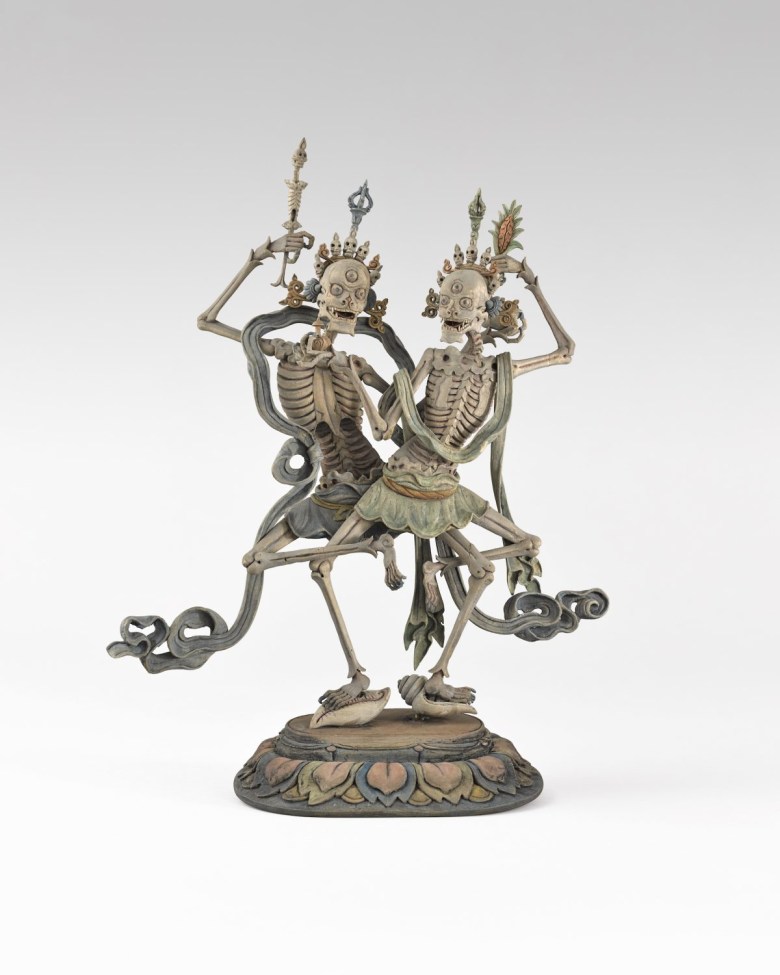
This image — of a European explorer managing to choke down the local food only thanks to his suitcase full of pâté — is funny, but it also serves as a metaphor for what Bordier has done with his collecting. He believes that the sacred artifacts he purchased “emanate” certain “blessings and forces.” By collecting them, he took something nourishing to Tibetans, modified it to his own taste, and then consumed it himself.
The book invites readers to follow Bordier’s example. The authors explain that it can be read in order, for “a guided journey,” or “explored” “according to your own interests and desires.” “Above all,” they tell us, “we hope this reading will be a pleasurable experience.” There is a difference between seeking the meaning of an art object and seeking meaning for your own life through your interaction with an art object. Chasing your own pleasure by exploring the beauties of a faraway place according to your own particular desires is sex tourism with statues.
Many Westerners, from Sir Richard Francis Burton making a pilgrimage to Mecca in 1853 to Elizabeth Gilbert eating, loving, and praying in India and Indonesia, have emulated the spiritual rituals of non-Western countries in acts of religious appropriation. But Bordier was not satisfied in taking up yoga or purchasing a contemporary artwork to take home. Instead, he followed a more extractive model of what some have called “spiritual colonialism.” Sacred artwork made in the Himalayan region in the 6th to 18th centuries is a non-renewable resource, and Bordier has taken as much of it as he could.
“But China!” you are probably thinking. Jenny’s account of Bordier’s travels in Tibet focuses on the damage done by the Chinese occupation, complete with photographs of monasteries in ruins and Bordier’s descriptions of the difficulty of getting official permission to photograph surviving artworks (fortunately, sometimes “a frail, ageless monk” would whisper to the “explorers” that they should come back after hours). It is very true that the upheaval of the later 20th century resulted in the destruction and dispersal of many sacred artworks from Tibet. Some refugees fleeing Tibet carried sculptures and paintings; impoverished, they later sold them, often to dealers in Nepal. Few would currently advocate for the return of such artifacts to Chinese authorities.
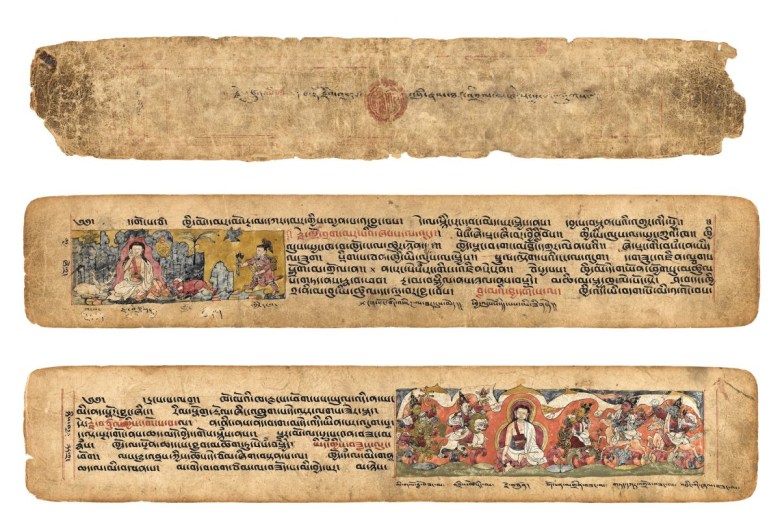
But political turmoil and the desperate decisions of refugees should not be an excuse for permanently separating Tibetans from their heritage. As an example of one alternative approach, the “Repatriation Collection” of the Tibet House in New York City holds sacred artifacts in trust, hoping to return them one day to a “culturally free Tibet.” Bordier, on the other hand, seems to consider himself a much better caretaker for these sacred objects than the Tibetans. When he’s not bemoaning the facts that some artworks he saw in Tibet were heaped in dusty storerooms, he’s criticizing the Potala palace for putting them “in locked cabinets” or complaining that statues on display are “buried” under “mountains of cloth” — that is, the traditional offerings given by worshippers. He is unwilling to admit that Tibetans can store or even worship their own heritage correctly. (He thinks the sculptures should be unclothed and frequently touched, as is disturbingly fitting for someone who “admits that his relationship to statues is special, sensual, almost physical.”)
So, how did Bordier obtain all this art? He claims to “have never purchased any art object on Tibetan soil.” Instead, he bought artifacts in Nepal, India, and Europe from auctions and dealers. He especially credits a dealer named Benny Rüstenburg for giving him “direct access to the best objects” and “open[ing] his eyes, awakening him to their beauty.” Such praise of Rüstenburg is surprising, given the news in 2015 that he sold a statue of a meditating Buddha to a Dutch collector shortly after it was stolen from a temple in China. Restoration revealed that the object was no statue, but the thousand-year-old body of a monk, covered in a gilded casing. Chinese courts have ordered the Dutch collector to return the monk, but he has not yet done so — unsurprisingly, because the object is said to be worth millions.
How the stolen monk ended up in Rüstenburg’s hands is unknown. Although the book tells us that Bordier bought “a dozen statues” from Rüstenburg, the identity of only one is specified. Considering how much Jenny insists on Bordier’s “strong carnal and spiritual connection with the museum,” comparing him to “a lover ready to go overboard; when one is that passionate, there are no limits,” I have strong doubts that the limits of local export law presented any barriers to Bordier’s acquisitive desire.

I did, as I explored the book, make a discovery of my own. I saw an illustration of an early 16th-century painting in the museum whose inscription notes it had been created for the Tham Bahi, a Buddhist monastery that still functions in the Thamel neighborhood of Kathmandu. When I brought this to the attention of an anonymous activist known as “Lost Arts of Nepal,” they replied that they had spotted it up for auction in Switzerland in 2018, but had not known its fate afterward. They promised to tell the monastery that their stolen painting has reappeared.
The book describes the painting as an “astonishing work” that “remains quite mysterious,” because of the “series of unidentified scenes” in the side registers. I began this review with what might have seemed like a stylistic criticism of the authors’ word choices. I did so because stylistic flourishes can reveal deep-seated attitudes. What does it mean to call an image “mysterious” if you have not asked the community who used it for centuries what it meant to them? It means, I think, that you have not even considered that they might have anything valuable to contribute to the conversation about their own heritage — much less any right to retain it.
McGovern, the American who wrote the 1924 memoir about sneaking into a Tibet closed to foreigners, stained his skin with walnut juice. To hide his blue eyes, he wore dark goggles and claimed he was suffering from snow-blindness. To simulate the symptoms, he “dabbed copious amounts of glue and mucilage under [his] eyelids.” His monumentally self-congratulatory book is filled with such insulting observations about Tibetans that one hopes this disguise was as unpleasant as it sounds. Thanks to his foresight with the pâte, Bordier’s travels do not seem to have been so painful. But perhaps the course of his love affair with Tibet’s sacred art will not always continue so smoothly.
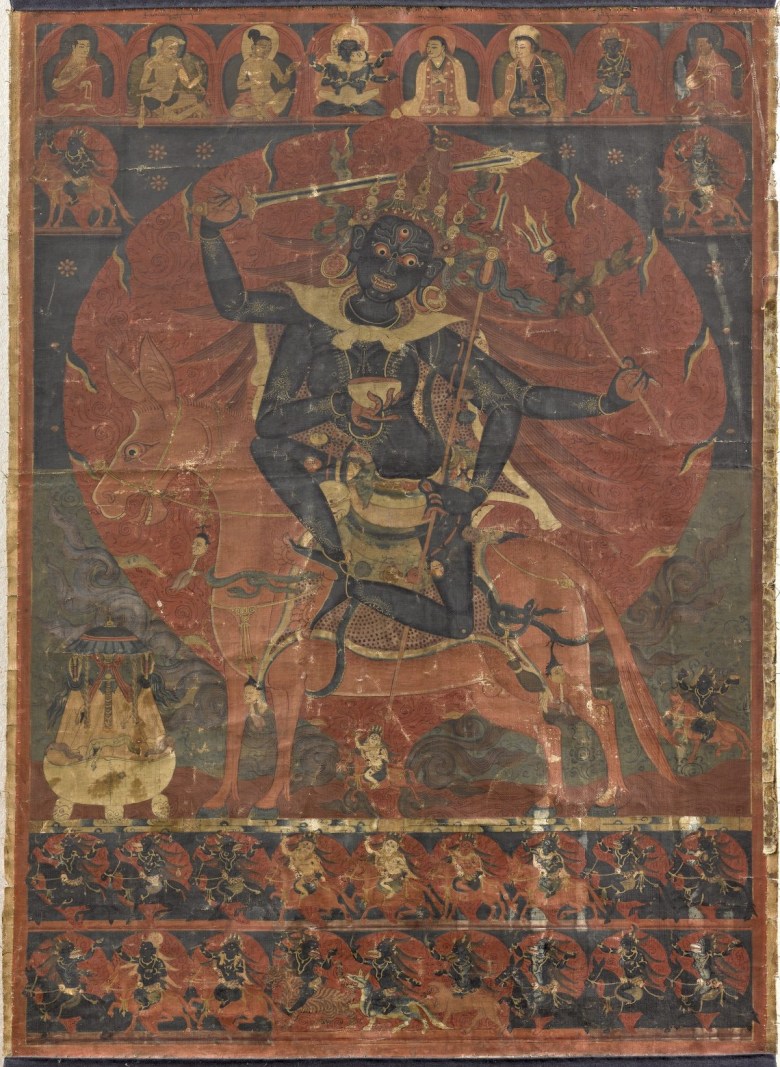
Buddhist Art of Tibet: In Milarepa’s Footsteps by Etienne Bock, Jean-Marc Falcombello, and Magali Jenny (2022) is published by Flammarion and is available online and in bookstores.

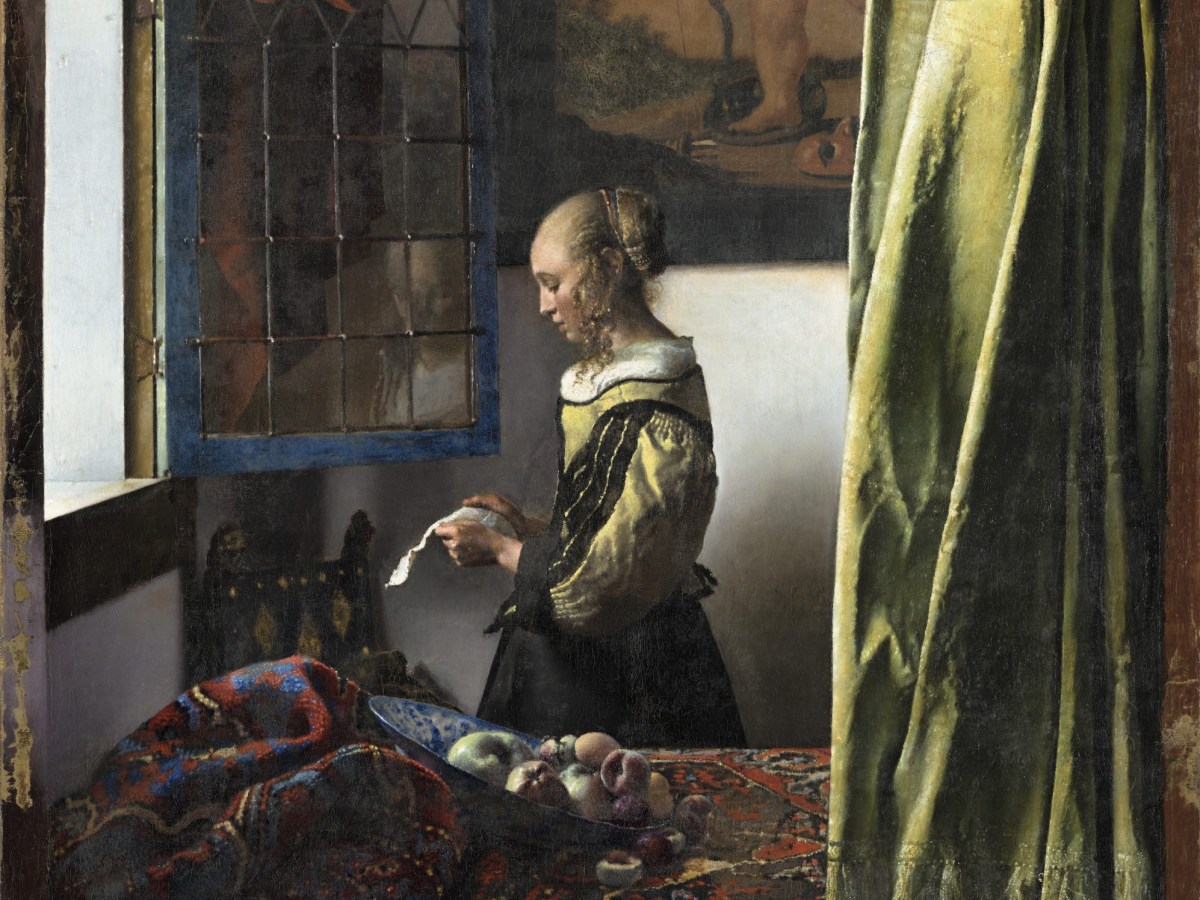
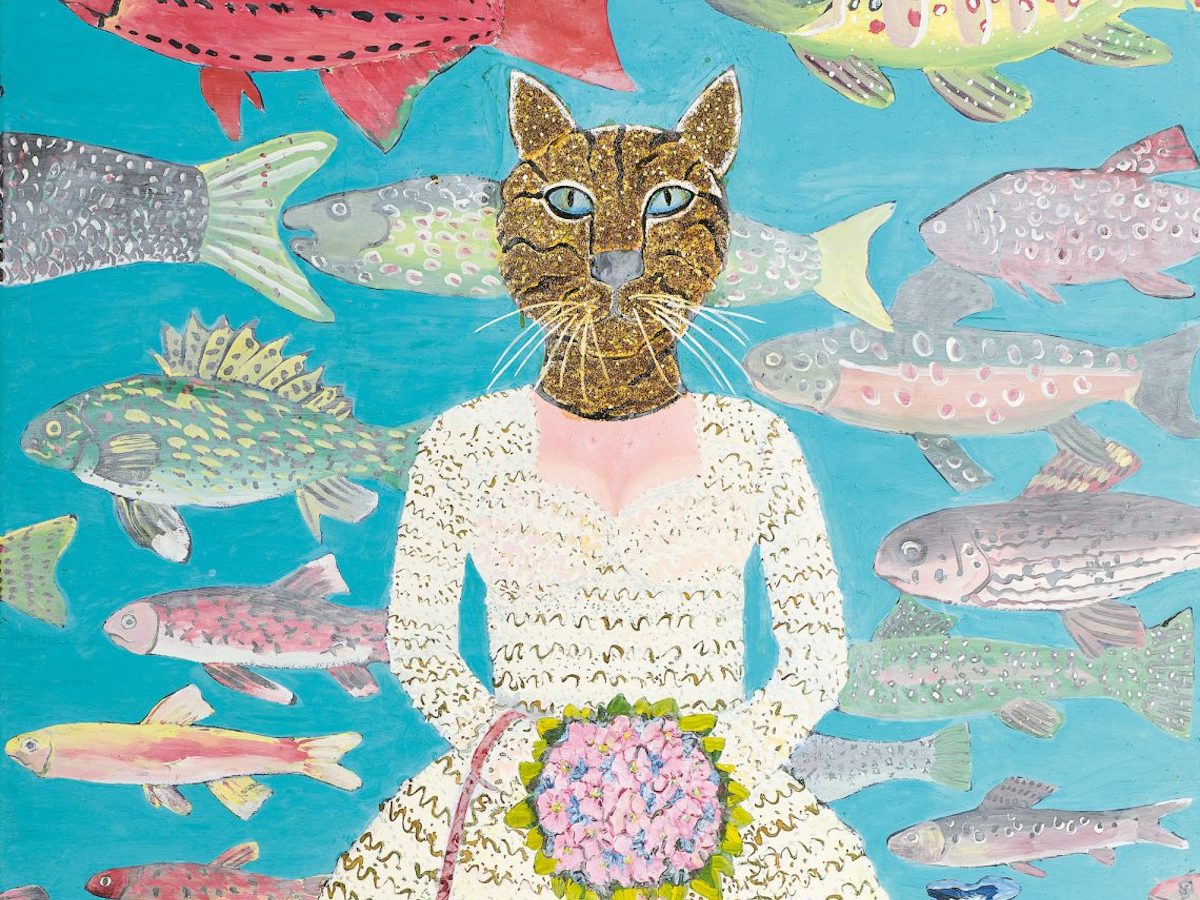
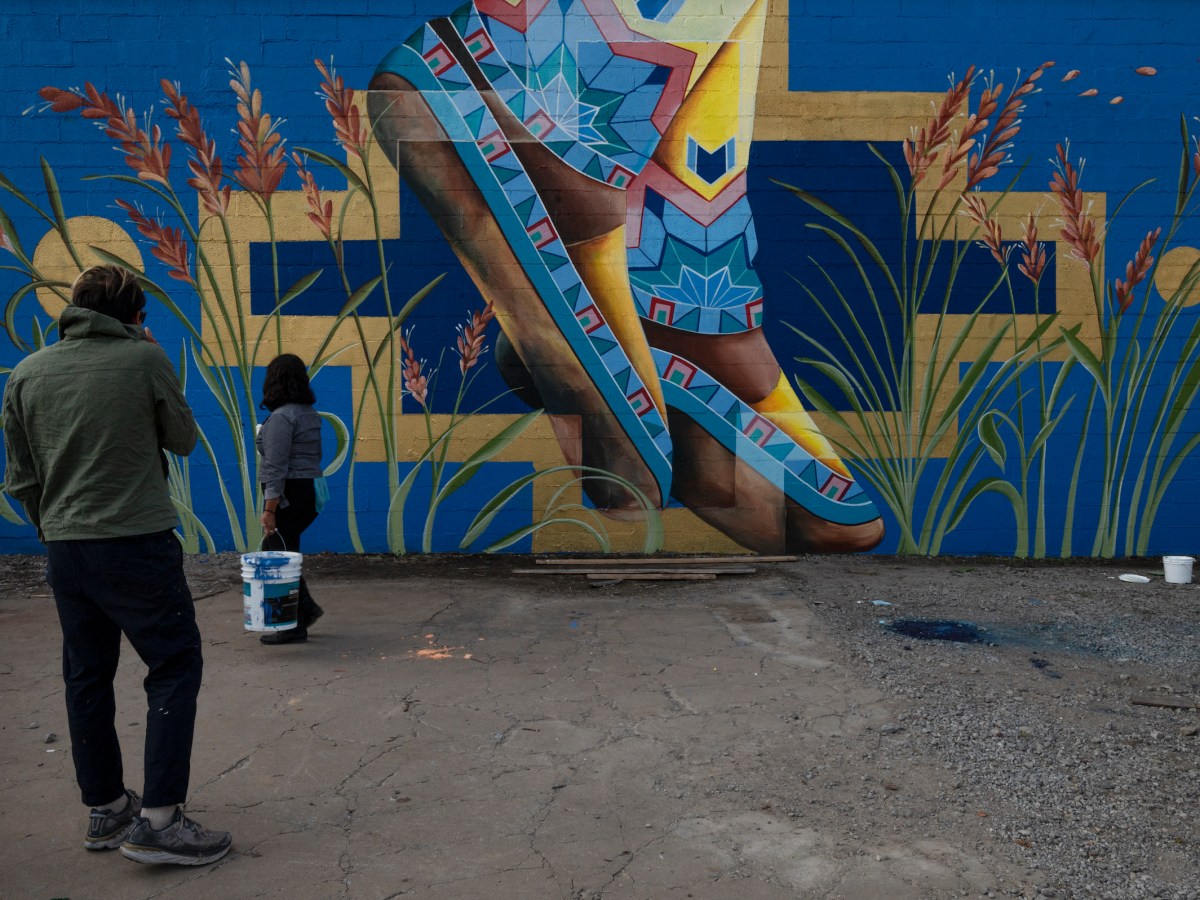
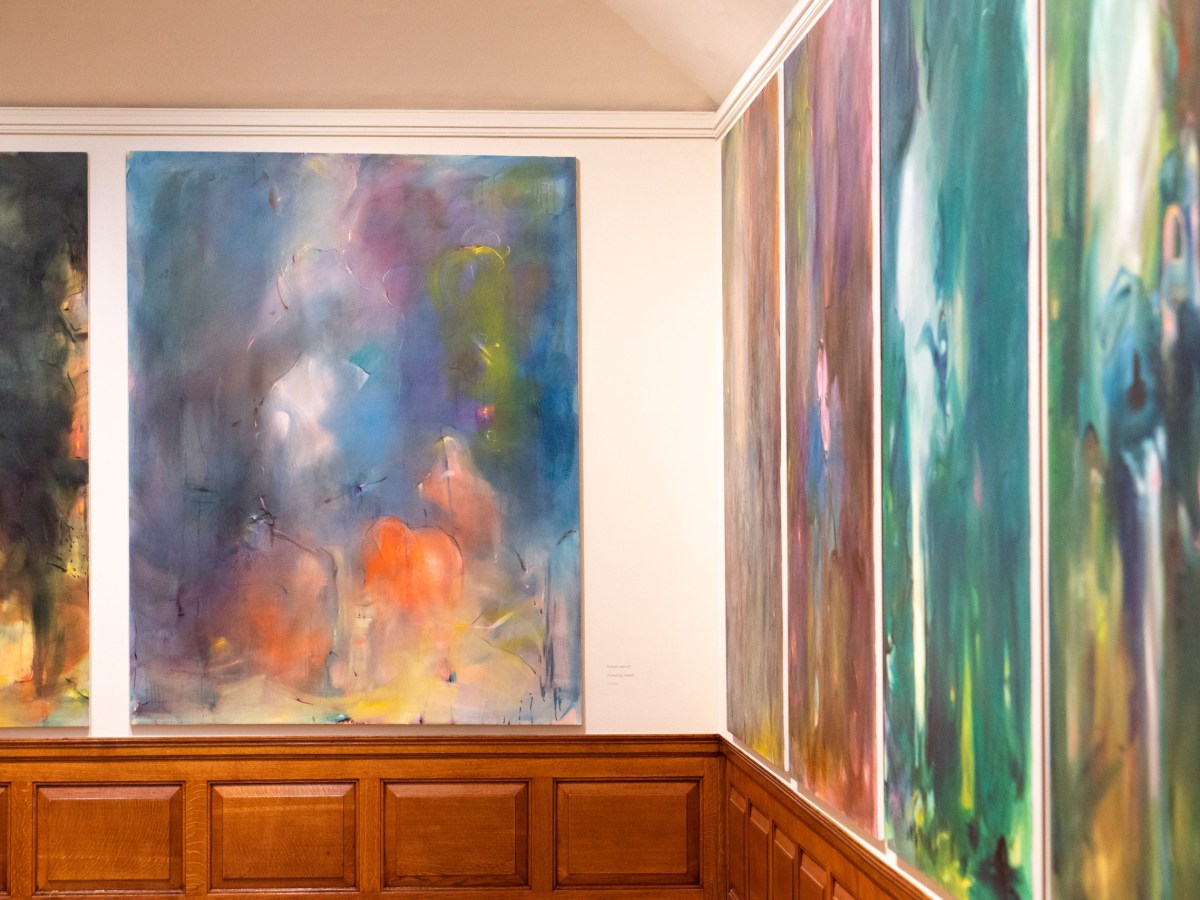



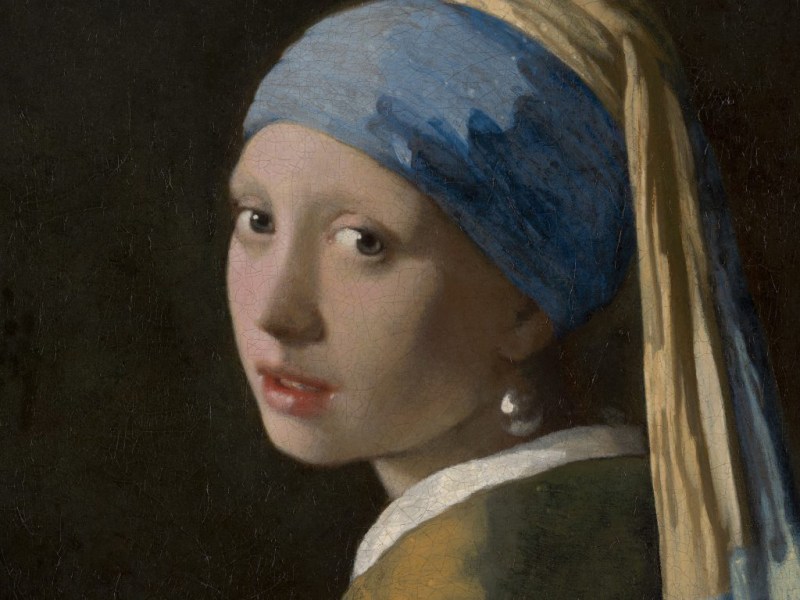
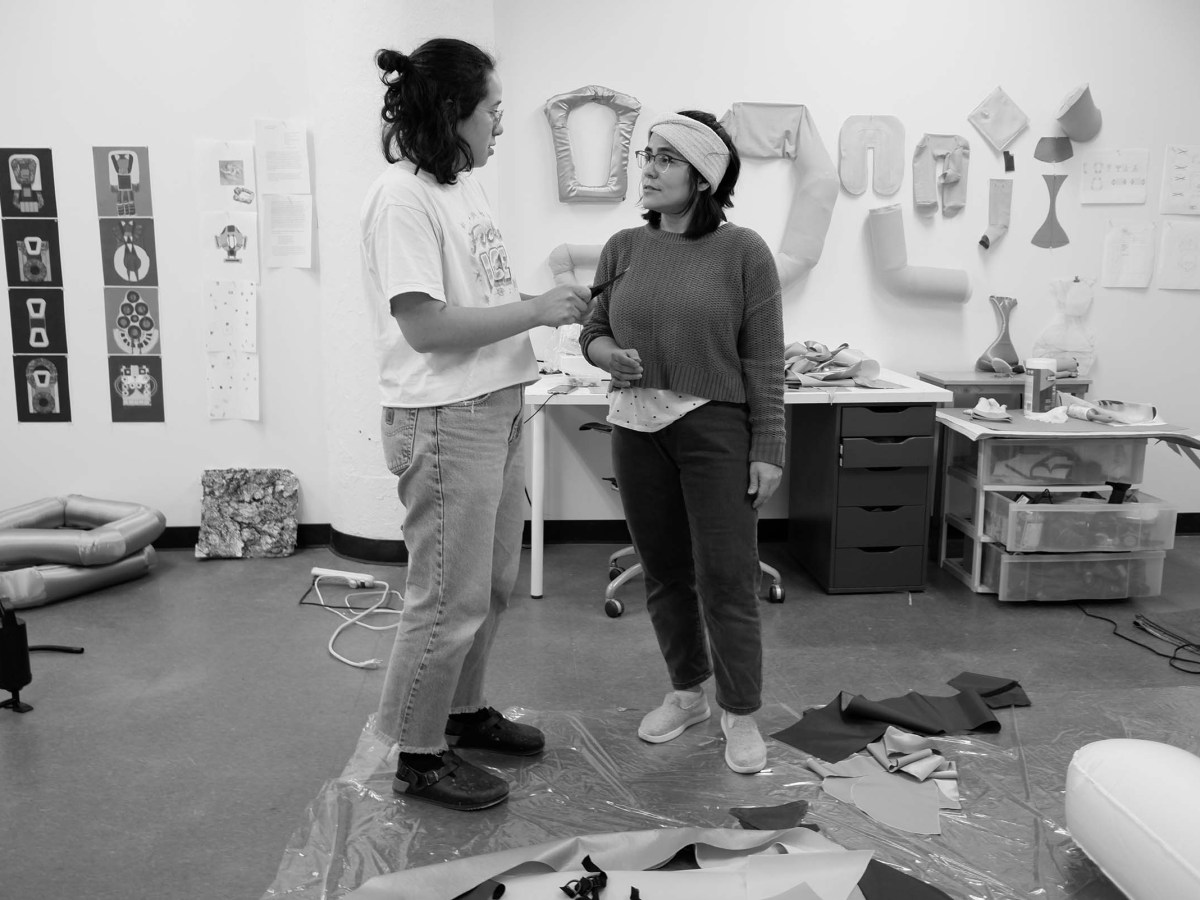
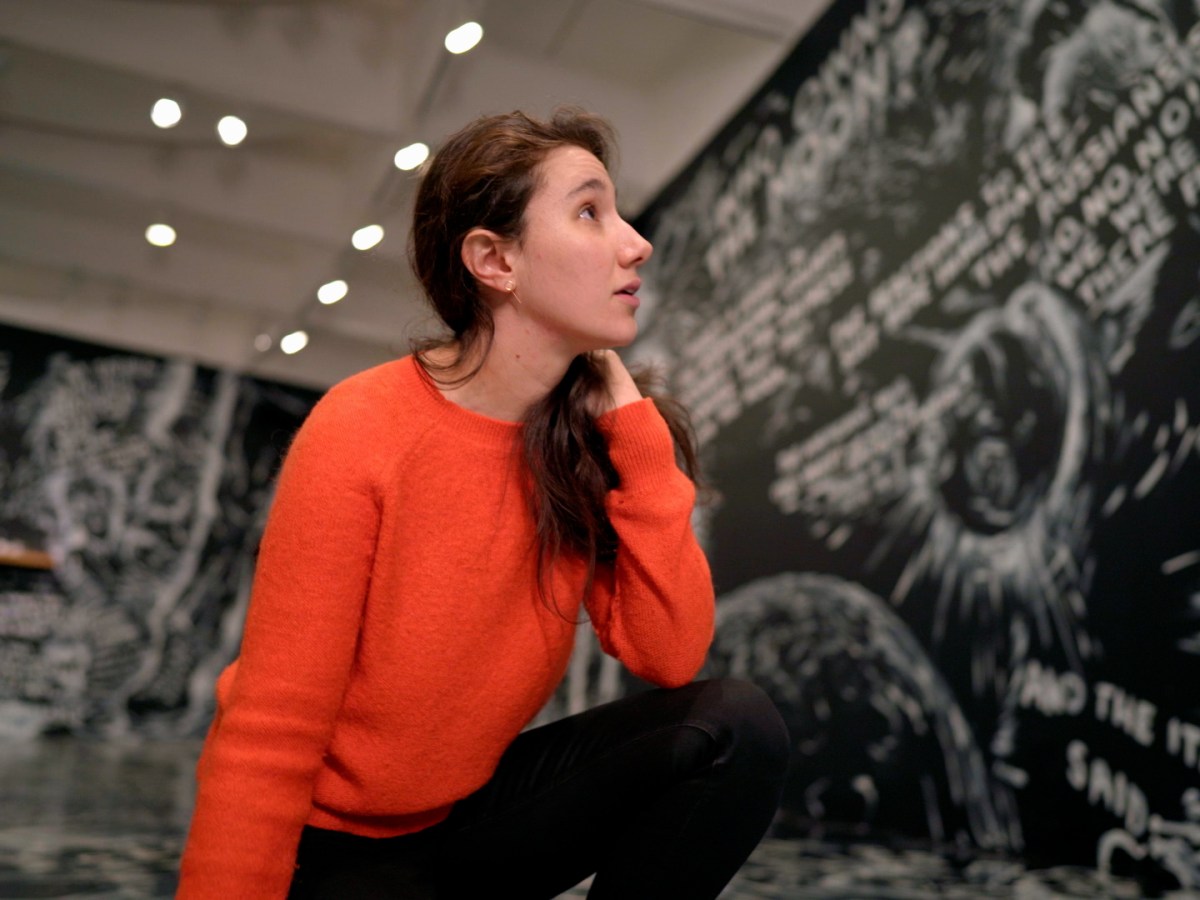
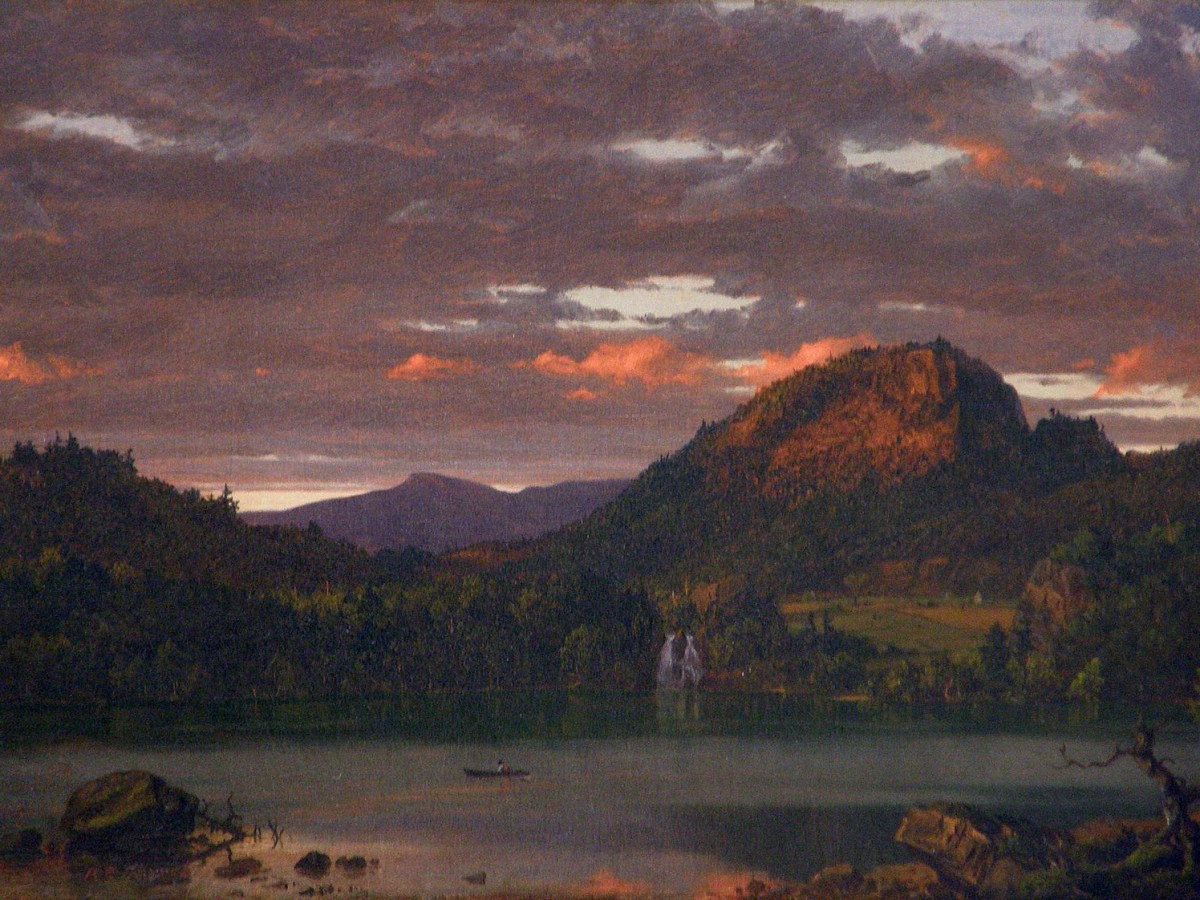
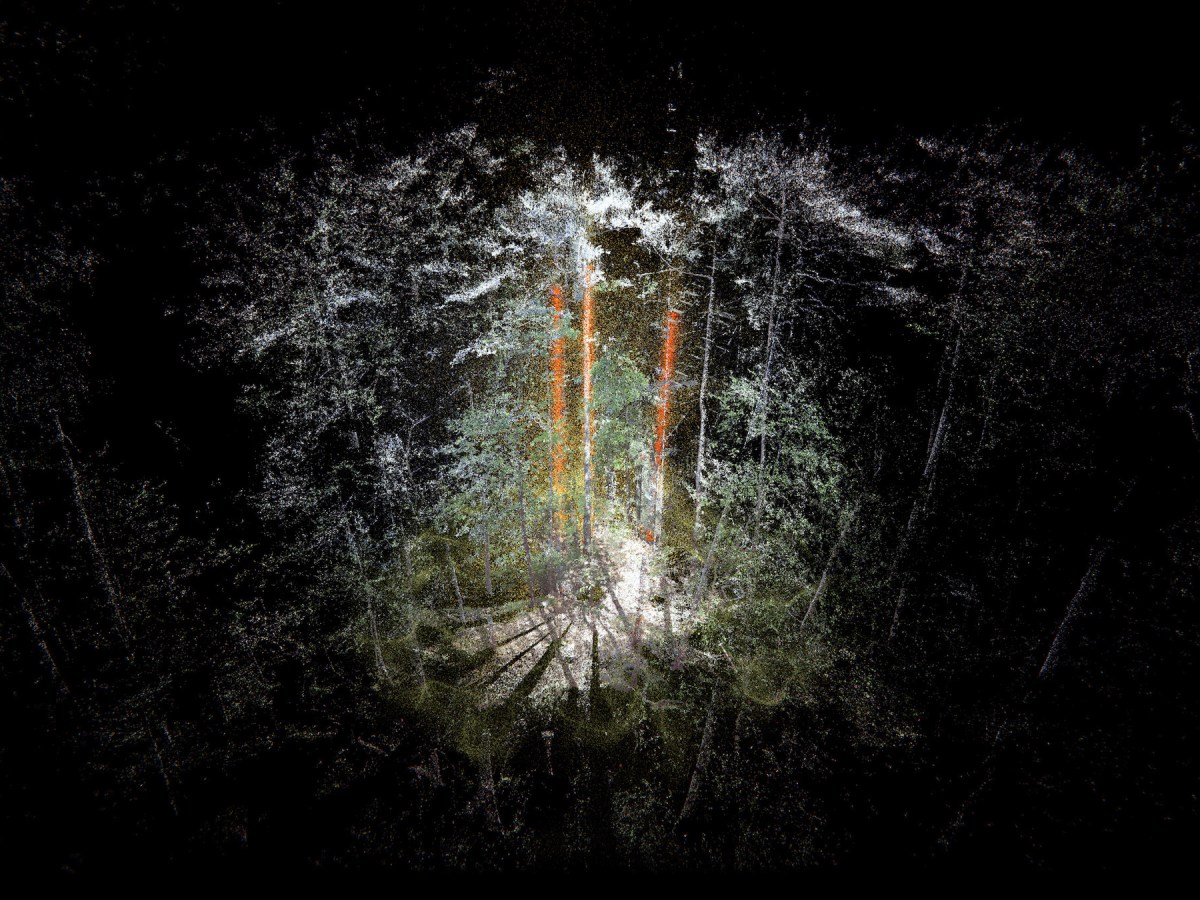


Erin Thompson,
Thank you for this excellent and sad article. I studied for many years, decades really, with the Tibetan teacher and artist Chögyam Trungpa Rinpoché.
He warned that we were entering the Dark Age knows as the Age of Materialism, and that this time was most dangerous because it was the Age Of Spiritual Materialism.
He was so concerned that in 1973 he wrote the book ‘Cutting Through Spiritual Materialism’.
Somehow, I doubt Alain Bordier read it.
I think we need to be very careful about sensationalizing this issue. ‘Sexing’ up the title combined with Hrag’s endorsement of the term obscures the distinction between the trade in illegal objects supported by wealthy and thoughtless tourists, and tourism. Conflating the two leads to a dangerously xenophobic attitude toward exploring cultures other than your own and discourages the willingness to learn and experience different ways of thought and practice. Please be careful. Sensationalist clickbait titles are reductive and serve no purpose.